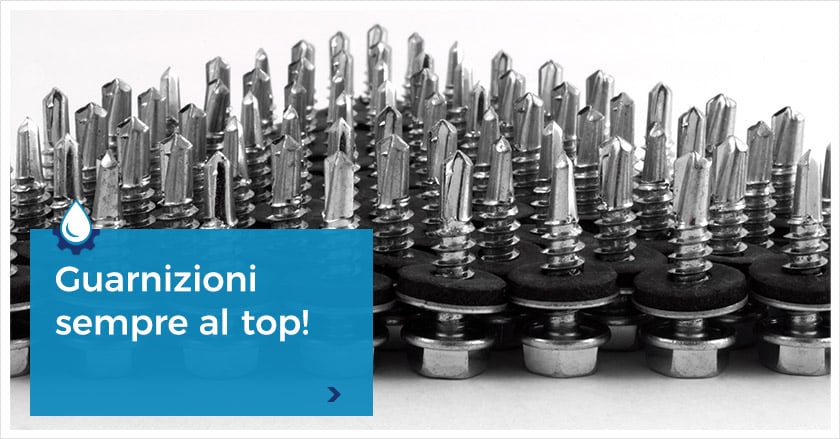
"Seals always at the top"
The rubber-steel coefficient of friction is among the most common in the industrial sector, which is why sealing rings and gaskets are frequently damaged.
At the basis of these damages there is certainly an inappropriate lubrication, in terms of procedures or products, which can compromise the functionality of the components from the initial phase of use, not necessarily in the long term.
The choice of the lubricant, therefore, must be made taking into consideration all the possible interactions with the materials constituting the gaskets, especially if these are polymers: rubber, plastic or composite.
The lubricant for rubber steel friction
In order for a lubricant to work effectively against rubber-steel friction, it must have precise characteristics, all of which are very important and functional according to the specific use cases.
With reference to the seals, the lubricant must obviously favor their fixing, avoiding misalignment during normal working operation. Since it is rubber, it must be compatible with this material, without creating strange swellings or altering the mechanical properties of the compounds.
Once these two fundamental characteristics have been verified, it is very important that you can choose between a liquid solution and a gel, so as to facilitate the assembly of rubber sealing rings and in positions against gravity.
Last but not least, it must be odorless and NSF-H1 certified, in case it accidentally comes into contact with food during the various stages of production, and it must dry out shortly after its application, leaving the friction surface dry, as in its original state.
Steel rubber coefficient of friction: seals and methods
When we talk about rubber and steel gaskets and coefficient of friction it is important to highlight that these can perform their function in different ways.
The first is called static, because it does not provide for any kind of sliding of the gasket on a body, but is "limited" to protecting the device from external contamination such as dust, fluids and gases, which could compromise the functionality of the component. The second is the one defined as dynamic: here too the separation needs are the same, but there is a slight sliding activity of the gasket.
In both cases, the value of the coefficient of friction of the rubber towards steel is high, extensively exposing itself to the effects of wear. For this reason we suggest you to apply a lubricating film, if you want to improve the condition of your seals, especially during the dynamic action.
Choosing the appropriate methods and products for the lubrication of rubber seals, whether they are subject to static or dynamic modes, has the following advantages:
- greater sealing effect
- wear reduction
- reduction of the coefficient of friction between rubber and steel.



